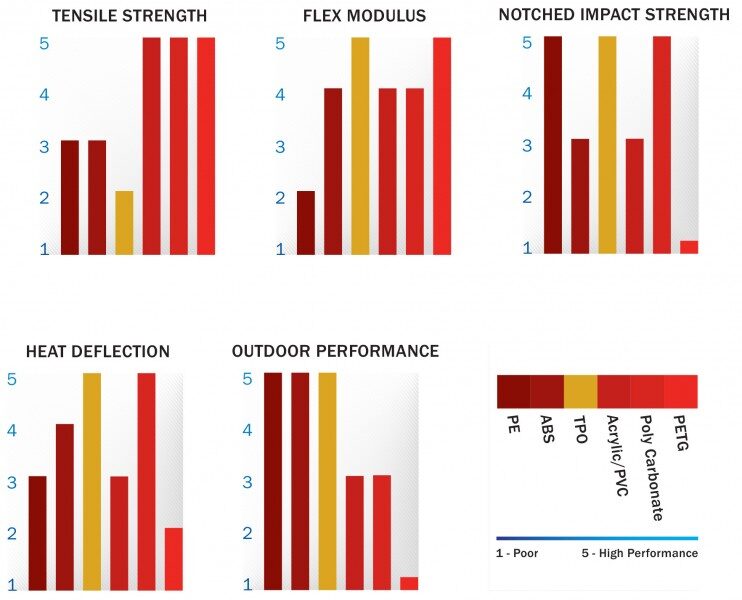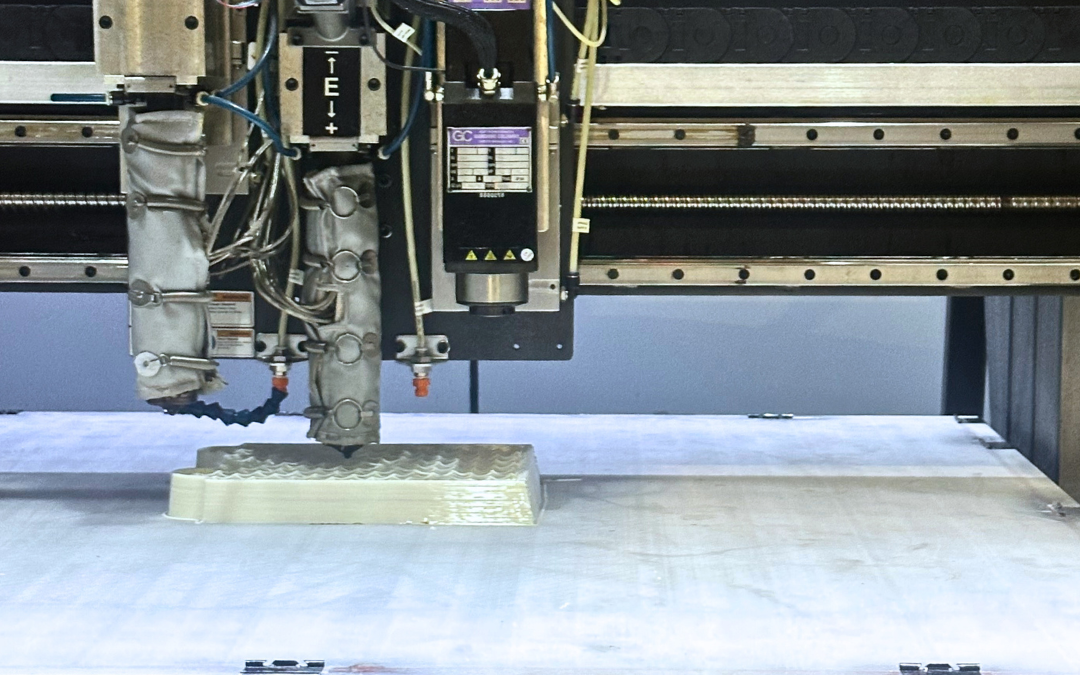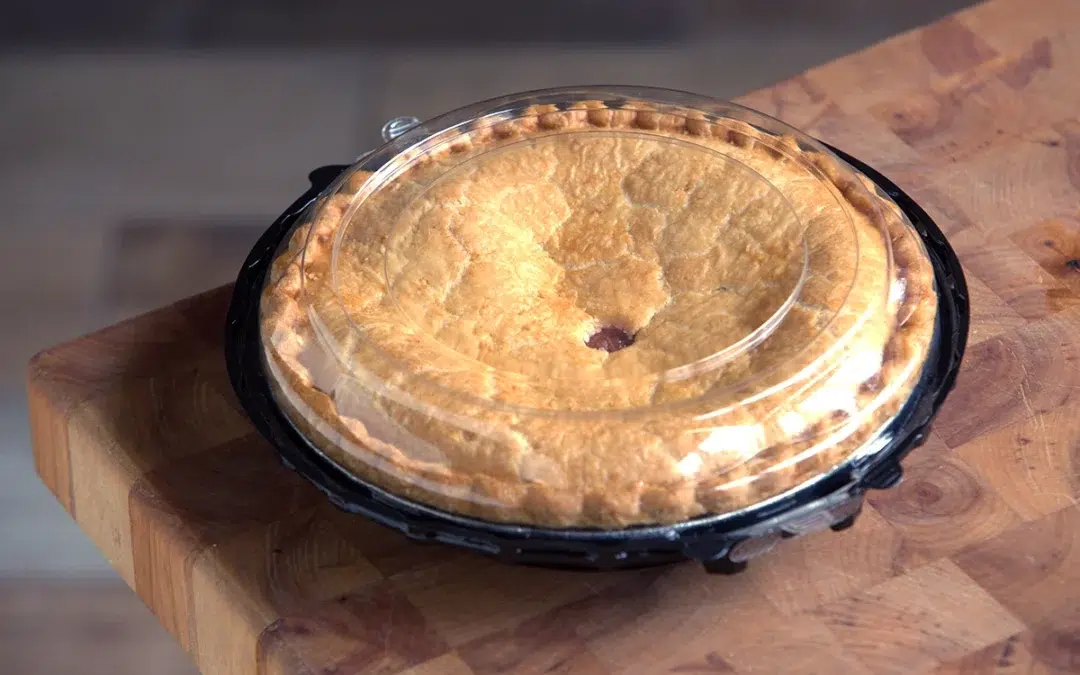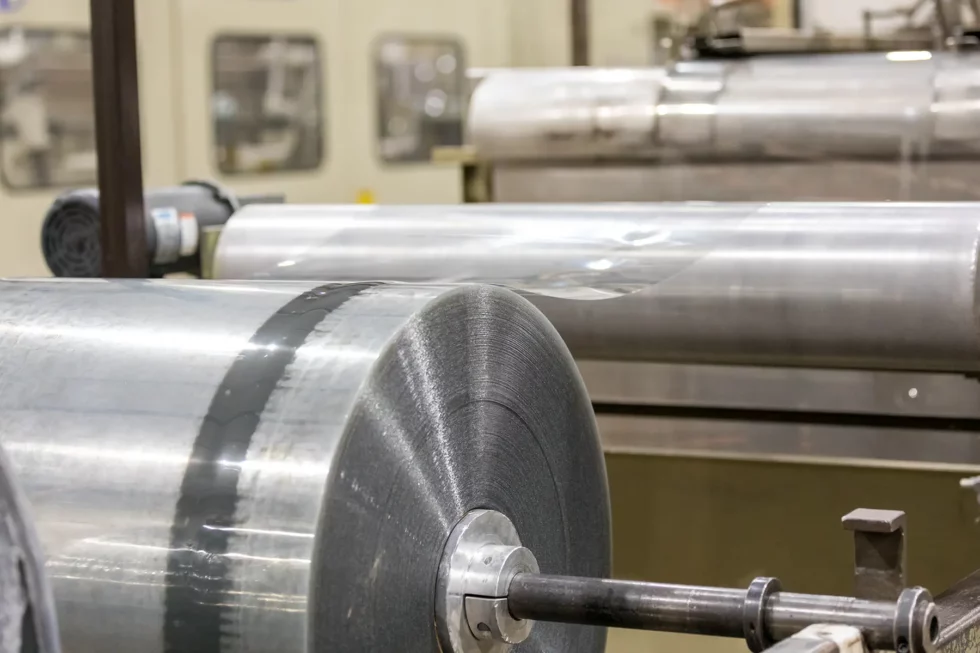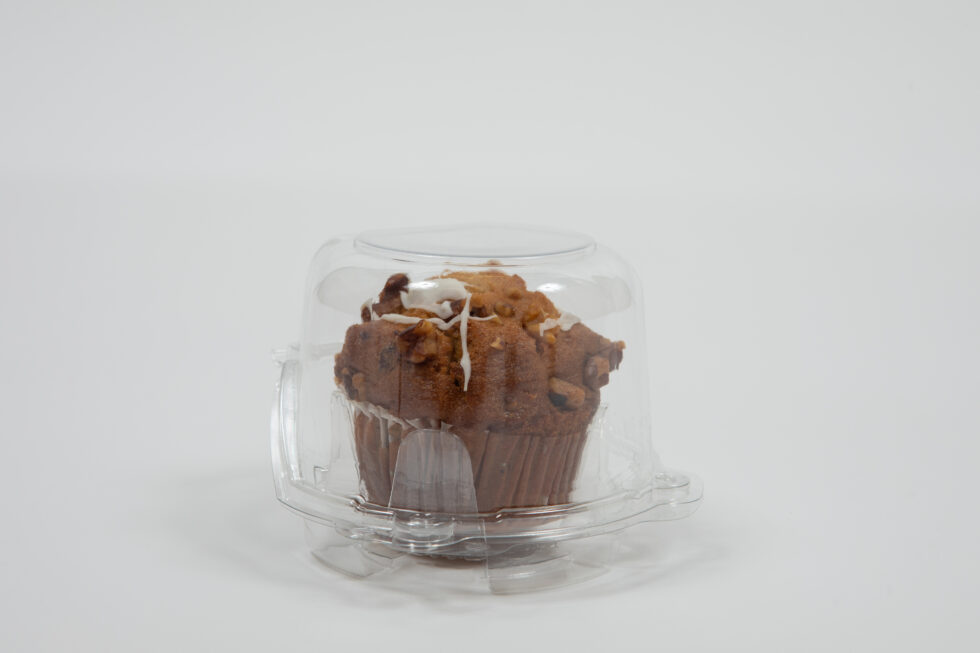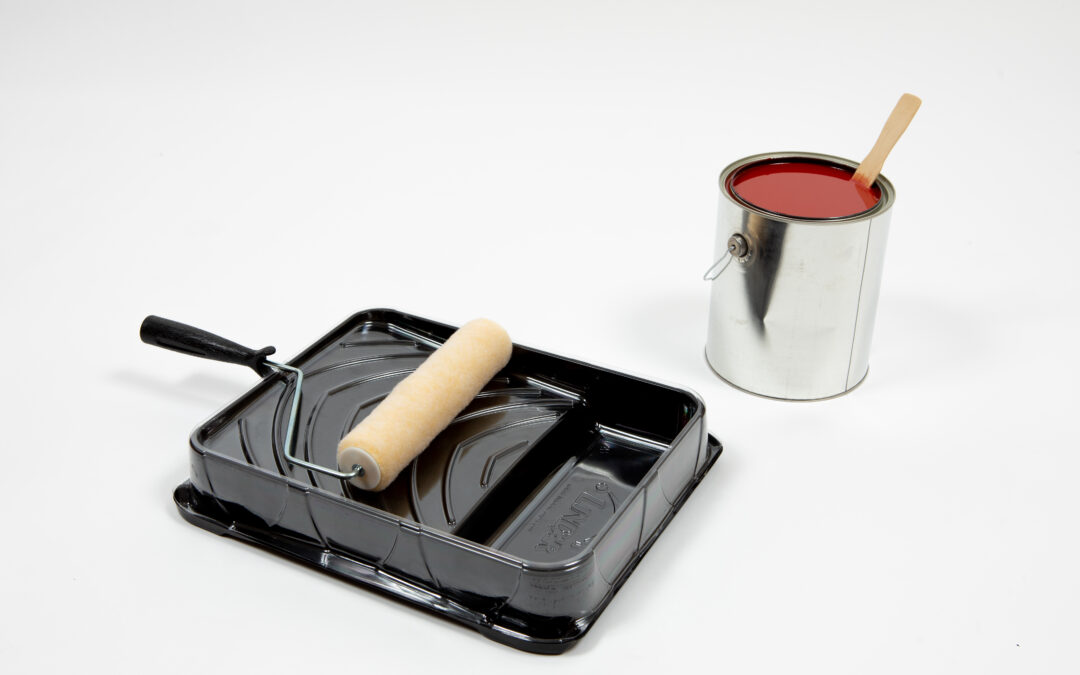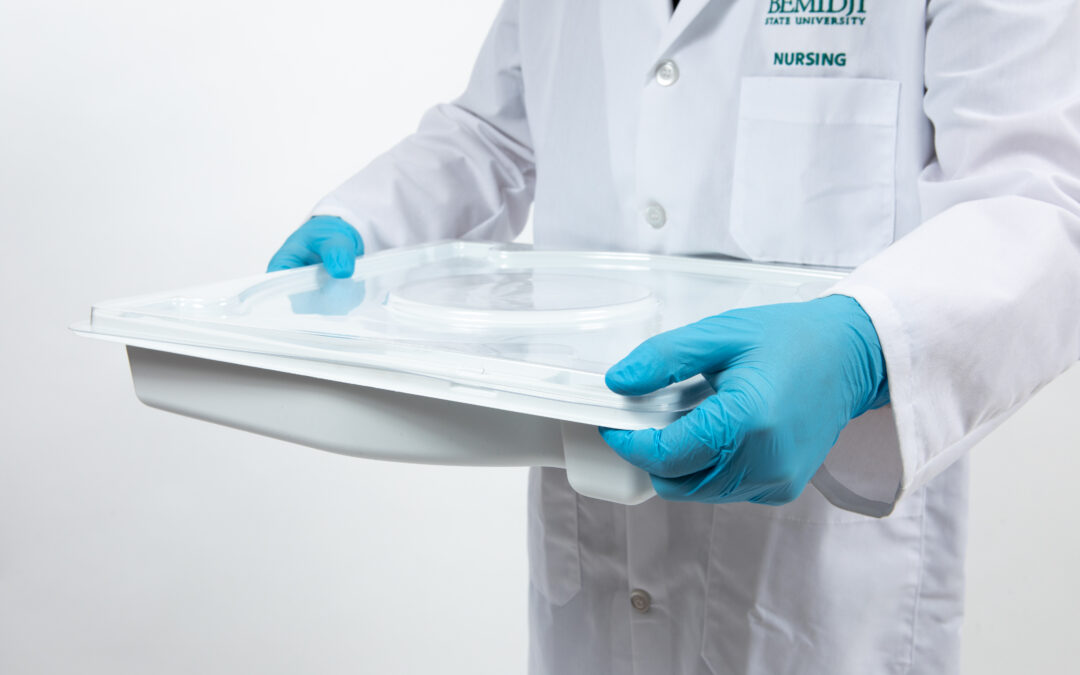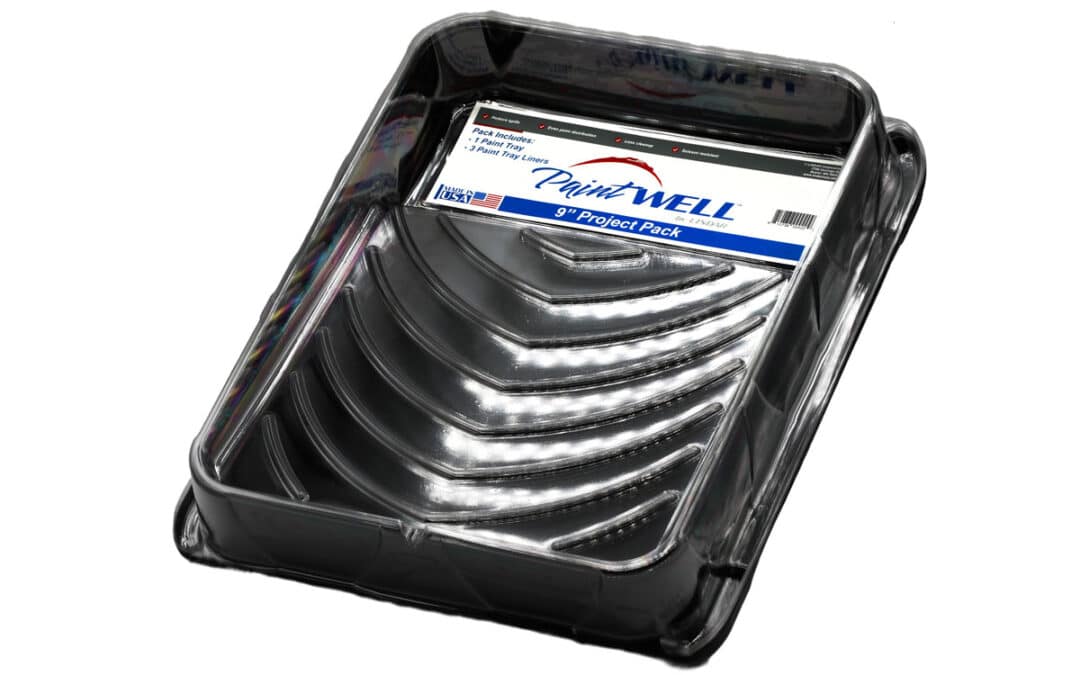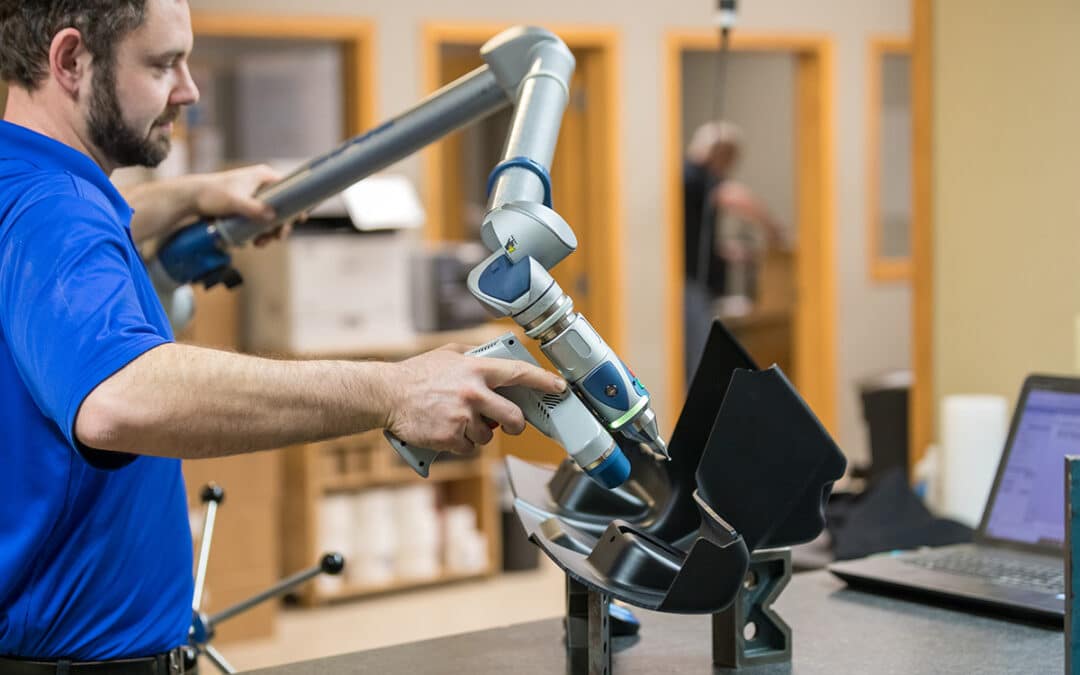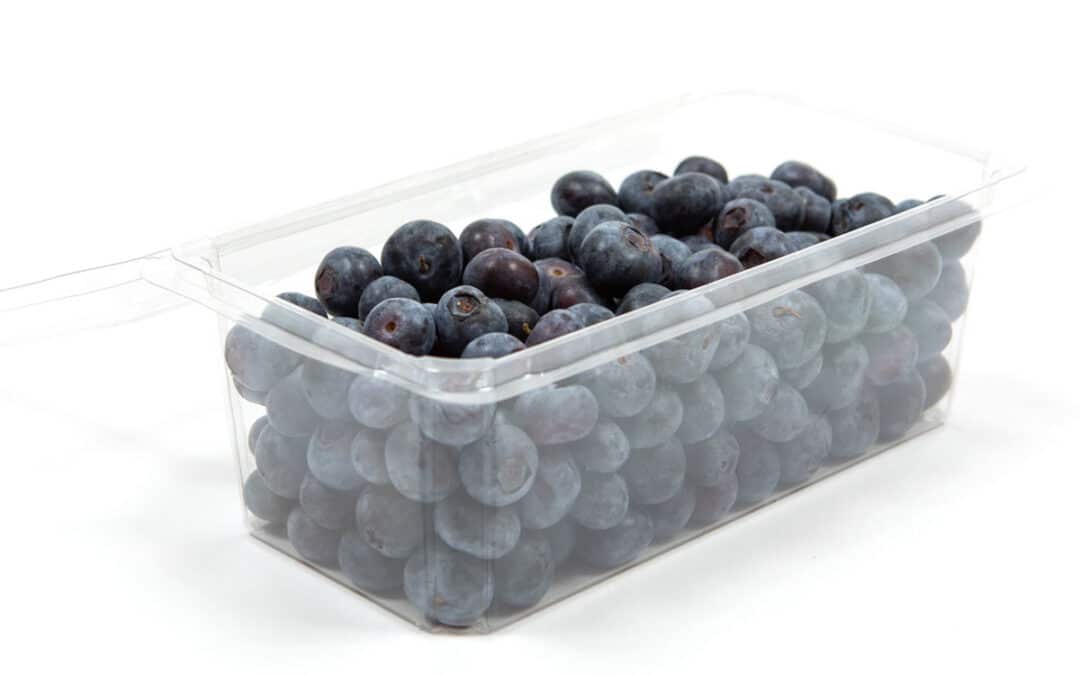You use it every day. It’s found in the car you drive, it’s a component of the lawn tractor in your yard, and it is in the semi-truck on the highway. It’s thermoplastic polyolefin or TPO. TPO is often used as a replacement for metal or fiberglass due to its lighter weight and flexible qualities. The team members at LINDAR are professionals who can help you determine if TPO is the best blend for your thermoforming project. There are several options available and they have the expertise to determine which material is best for you.
What is TPO material?
TPO is a trade name that refers to a blend of polypropylene (PP), polyethylene (PE), block copolymer polypropylene (BCPP), rubber, and reinforced fillers. This material is ideal for outdoor applications due to its UV resistance. The reinforced filler varieties make thermoplastic polyolefin a great candidate for improving performance and reducing the weight of metal parts. TPO has many surface textures available, as well as color-matching options.
TPO material originated as an engineered blend for use in the automotive industry. Car bumpers or other components that used to be formed with heavier metals, are now thermoformed using TPO.
Why did the automotive industry and others switch to TPO material?
It has several unique properties:
- High-impact strength, even at cold temperatures
- Its dimensions remain stable and hold their shape
- It is heat and chemical resistant.
- It deadens sound, such as when used in a tractor cab
- It won’t crack when fastened in place
Uses for TPO include agricultural, construction, and industrial components; parts for commercial and residential lawn and garden equipment; medical equipment components; product shrouds, covers, and guards; or chemical shields. For example, when a garden tractor cover needs to maintain its shape and structural integrity, a thermoformed cover made from TPO won’t lose its shape, fade, or be impacted by contact with heat or chemicals. When a TPO product is bent under normal usage, it pops back to regain its shape.
TPO components are less expensive to produce than metal or fiberglass, lowering the final cost of the product. Quality control is another major part of the overall desirability and cost effectiveness of thermoforming using TPO. When comparing thermoplastic polyolefin to fiberglass, TPO is better able to control its dimensions, thickness consistency, and maintain its color. The lead times are also important for production deadlines—TPO can be put into production faster than fiberglass. This aids in maintaining deadlines and producing quantities required for the project.
One recent LINDAR TPO project is for a major supplier of parts for fuel systems. The cost of TPO, its availability, and the consistency of the final product were the main reasons why the company chose TPO. Let the experts at LINDAR discuss the benefits and feasibility of TPO for your next thermoforming project.
To learn more or to talk to the team members at LINDAR, call 218-829-3457.
